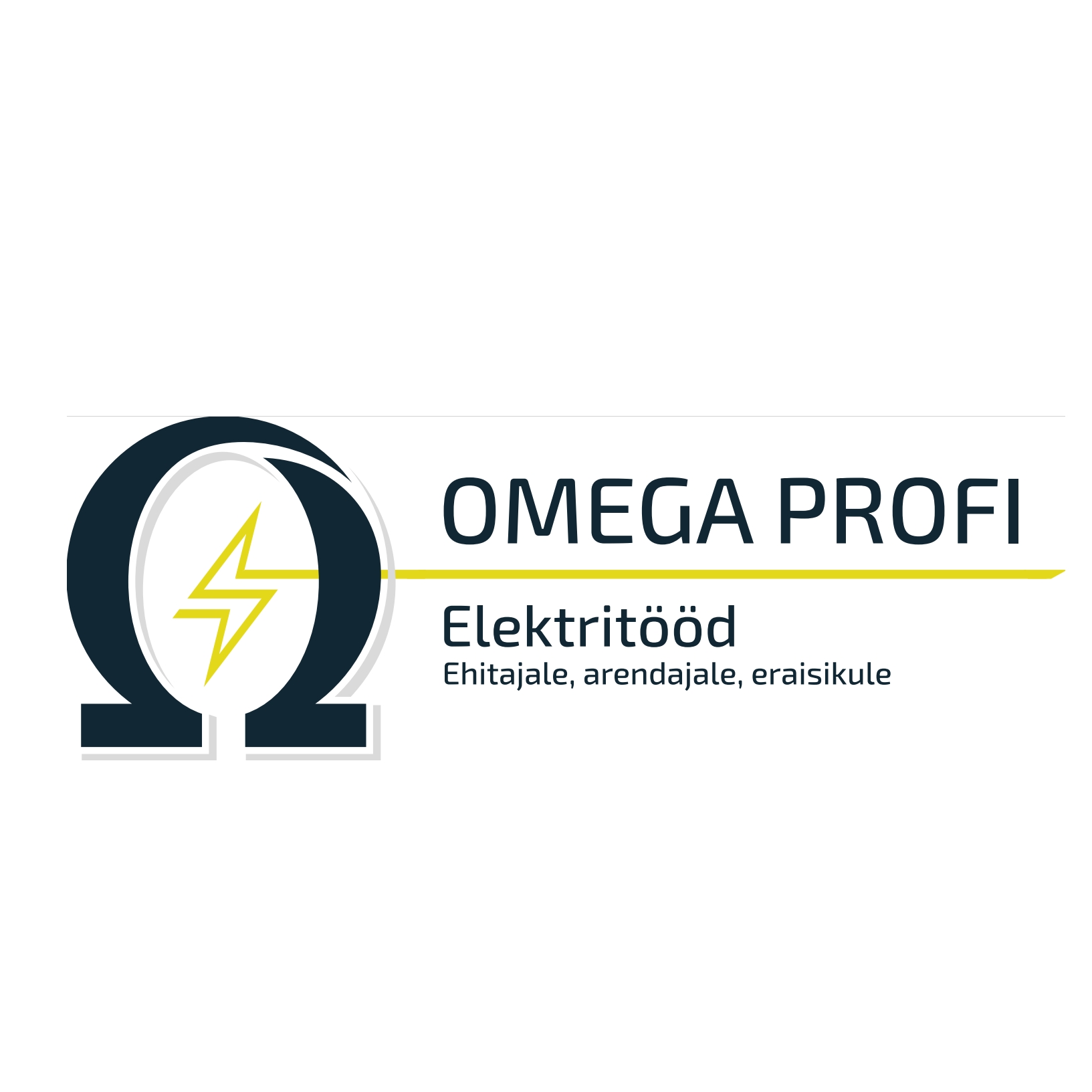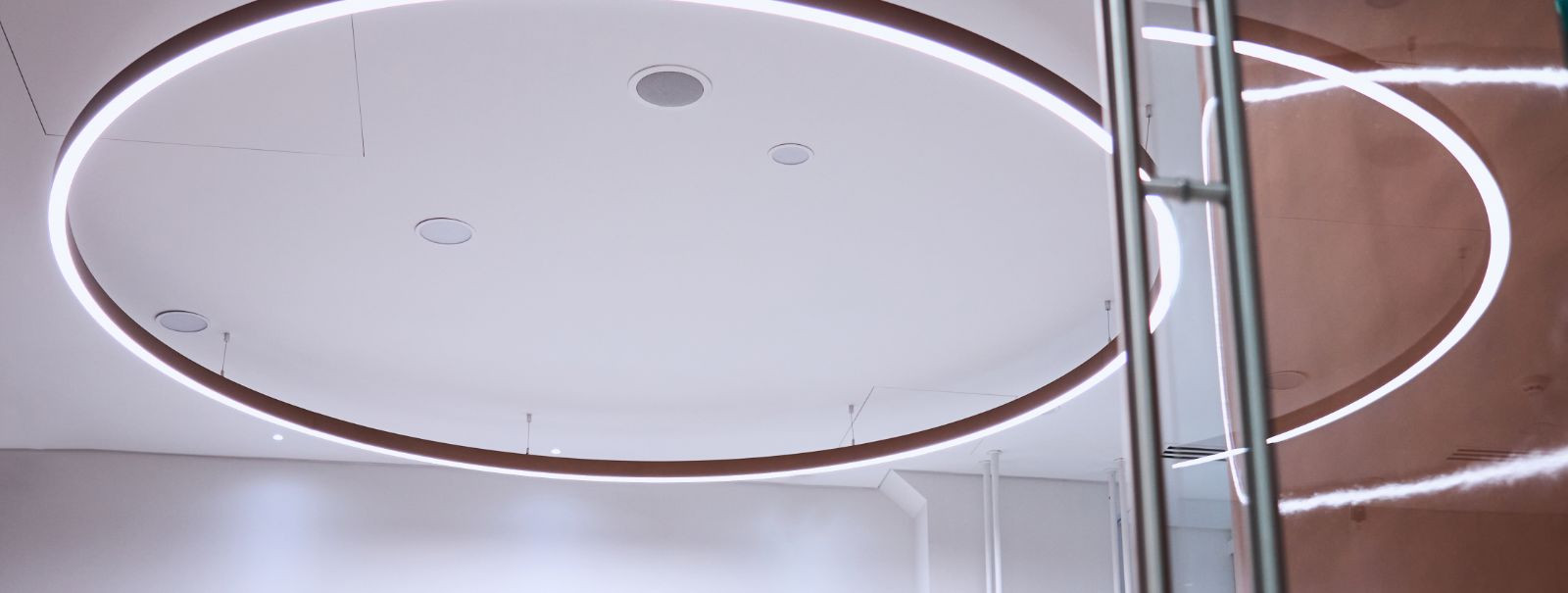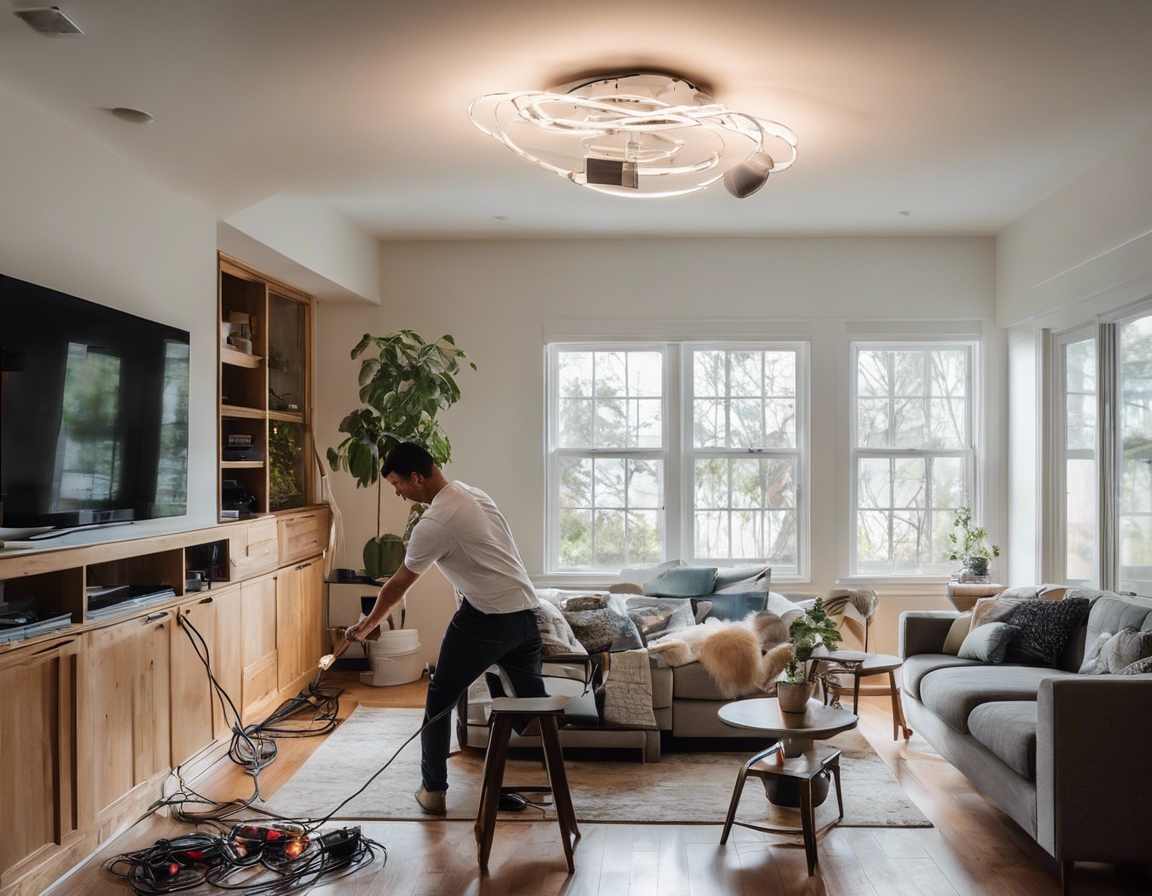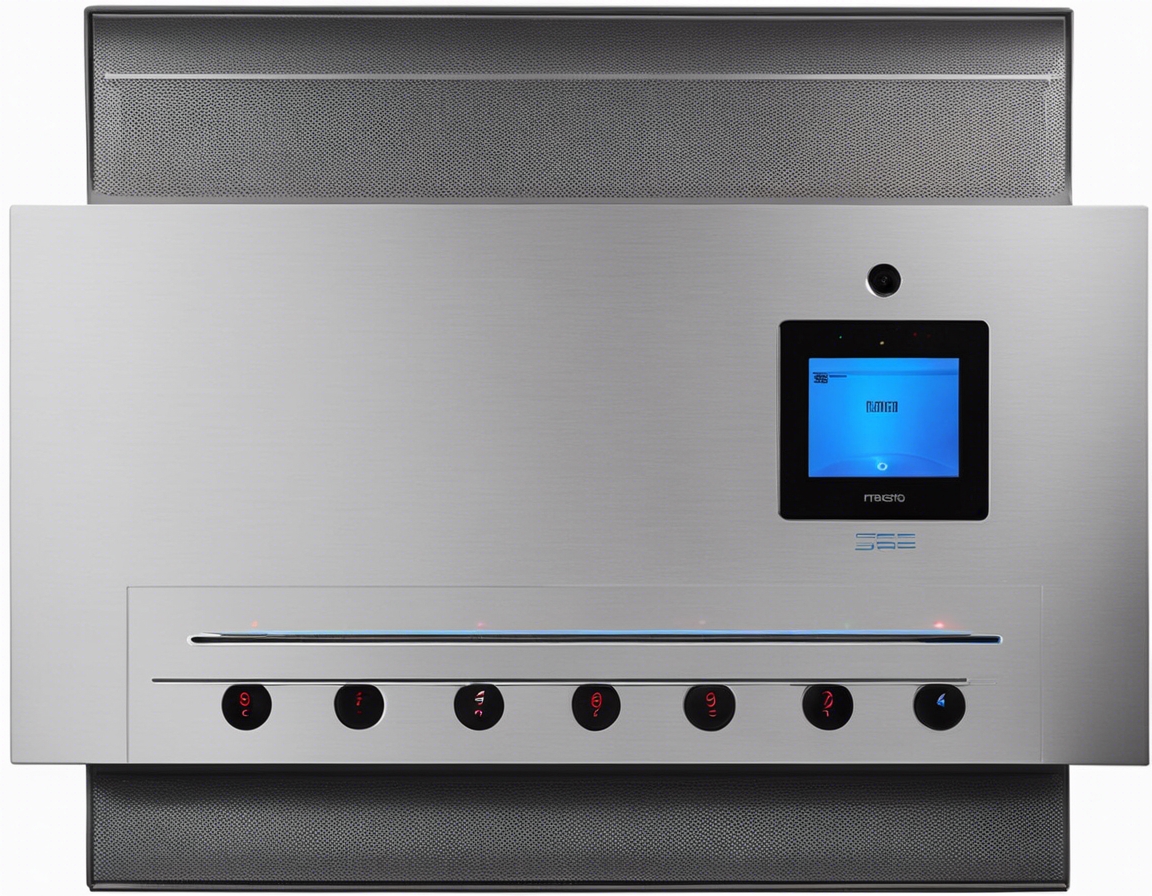5 ways led lighting can transform your property
LED, or Light Emitting Diode, lighting is a revolutionary technology that has transformed the way we illuminate our spaces. Unlike traditional incandescent bulbs, LEDs use a semiconductor to convert electricity into light, resulting in a more efficient and longer-lasting source of illumination.
LED lighting offers numerous advantages over conventional lighting solutions, including greater energy efficiency, longer lifespan, improved durability, and better light quality. These benefits make LED lighting an attractive option for property owners looking to enhance their spaces.
1. Energy Efficiency and Cost Savings
LED lights consume significantly less energy compared to traditional lighting. This means lower electricity bills and a reduced demand on power plants, which in turn helps to conserve energy resources.
Although the initial investment in LED lighting may be higher, the long-term savings are substantial. LEDs last much longer than traditional bulbs, reducing the need for frequent replacements and the associated costs.
2. Enhanced Property Aesthetics
LEDs offer a sleek, modern design that can complement any architectural style. Their versatility allows for creative lighting solutions that can accentuate the features of a property.
With a range of color temperatures available, LED lighting can create the desired ambiance for any room or outdoor space, enhancing the overall aesthetic appeal of the property.
3. Improved Safety and Security
LED lighting provides brighter, more uniform light, improving visibility across your property. This can help prevent accidents and deter potential intruders.
LED lights can be easily integrated with motion sensors and security cameras, providing a comprehensive security solution that keeps your property safe.
4. Eco-Friendly and Sustainable Choice
By consuming less energy, LED lighting reduces greenhouse gas emissions, contributing to a smaller carbon footprint for your property.
LEDs have a longer lifespan than traditional bulbs, which means less waste is generated from burnt-out bulbs. This contributes to a more sustainable and environmentally friendly property.
5. Smart Home and Automation Compatibility
LED lighting systems can be seamlessly integrated with smart home technology, allowing for remote control and automation of lighting throughout the property.
With smart LED systems, you can create customizable lighting scenes that adjust to your daily routines and preferences, providing both convenience and energy savings.






Comments (0)